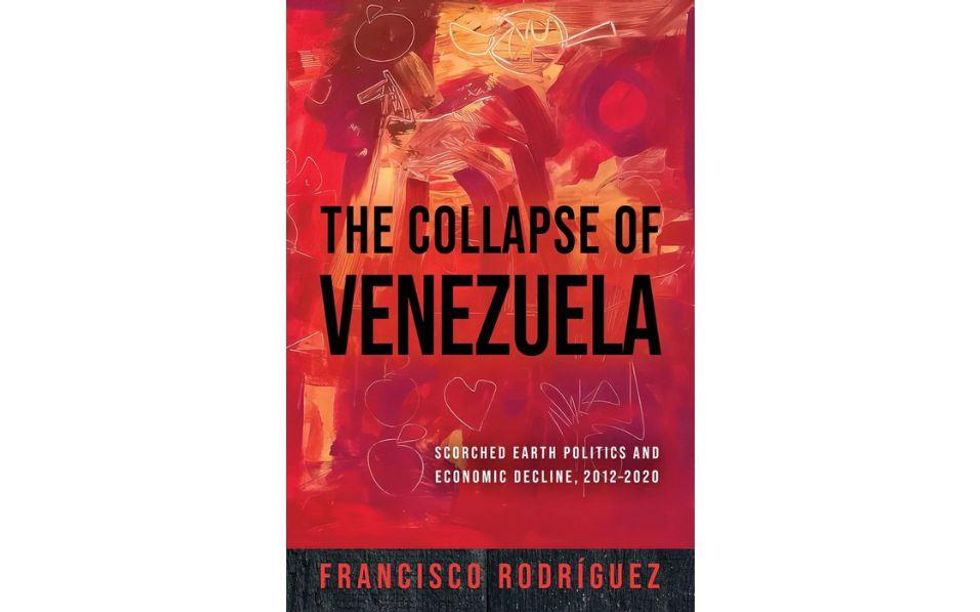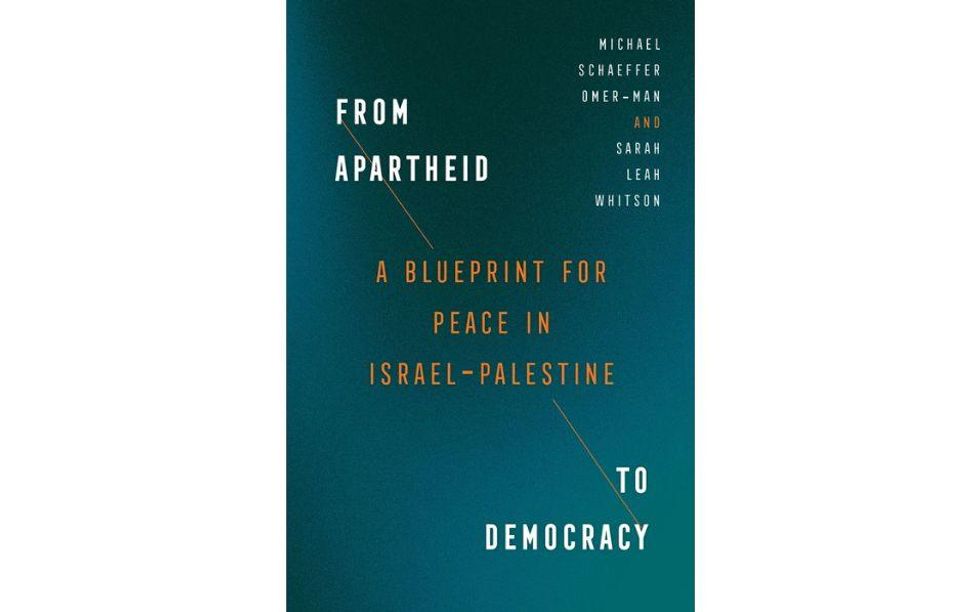The principal features of the U.S. and NATO response to Russia’s invasion of Ukraine are now readily apparent.
In addition to the U.S.-led effort to orchestrate a campaign of global economic warfare to isolate and punish Russia, Washington and its allies have adopted a policy of showering Kyiv with sophisticated weapons to boost the effectiveness of the country’s military resistance. Proposals also keep surfacing to provide Ukraine with more capable jet fighters. In addition to the weaponry, the United States and other NATO members are actively sharing military intelligence with Ukraine.
The first component of the West’s strategy has enjoyed only limited effectiveness, but the second one has achieved considerable success. Russia has discovered that its “special military operation” in Ukraine has gone much slower and come at a substantially greater cost in both materiel and lives than the Kremlin anticipated. This development has encouraged optimistic hawks throughout the West to advocate an even more vigorous military assistance program under the assumption that Ukraine actually might be able to win the war against its much larger, stronger neighbor. Sen. Lindsey Graham (R-SC) contends that “a loss for Putin is possible if the freedom-loving world goes all-in for victory.”
Among other steps, in his view, “all-in means providing the Ukrainian Armed Forces with additional lethal aid and capabilities.”
It is a faulty and potentially very dangerous belief that could well bring about a nuclear war. Moscow’s principal objectives in Ukraine are straightforward and uncompromising: compelling Kyiv to relinquish its ambitions to join NATO and instead embrace legally binding neutrality, gaining Ukrainian recognition of Russia’s sovereignty over Crimea, and forcing Ukraine to accept the Russian supervised “independence” of the secessionist Donbas republics. If Russian President Vladimir Putin and other members of the country’s political and military elite conclude that the war in Ukraine is failing and that Moscow will not achieve those objectives, the Kremlin’s response is likely to be very unpleasant for all concerned. A cornered Putin administration would have a powerful incentive to escalate the conflict by using tactical nuclear weapons against military and political targets in Ukraine.
A few Western officials, including CIA Director William J. Burns, seem aware of the potential danger. In his response to a question from former Senator Sam Nunn (D-GA) on April 14, Burns warned that “potential desperation” to extract the semblance of a victory in Ukraine could tempt Putin to order the use of a tactical or low-yield nuclear weapon. Such weapons are much smaller than the “city-buster,” multi-megaton monsters that both superpowers tested during the Cold War and still remain in the strategic arsenals of the United States and Russia. Nevertheless, the destructive effects of detonating even tactical or low-yield nuclear weapons would be sizable, and the symbolic importance of crossing the nuclear threshold would be monumental.
It is extremely reckless to pursue measures that increase the likelihood of such a scenario. Yet the policies that the United States and other NATO governments are adopting (frequently prodded by elements of foreign policy establishment and the so-called mainstream news media) create precisely that danger. Michael McFaul, a former U.S. ambassador to Russia, contends blithely that warnings from Putin about using nuclear weapons in response to mounting Western military assistance to Kyiv should be ignored. “The threat of escalation is cheap talk,” McFaul states confidently. “Putin is bluffing.”
Such arrogance could lead to catastrophe. Officials during the administrations of George W. Bush, Barack Obama, and Donald Trump, dismissed the Kremlin’s repeated warnings that trying to make Ukraine a NATO member, or even to turn Ukraine into a military asset of the Alliance without offering formal membership, would cross a red line that Russia could not tolerate. Clearly, the Biden administration missed or ignored the warning signals. The ongoing Russian military operation in Ukraine is definitive evidence that the Kremlin was not bluffing.
Proponents of increased Western military assistance implicitly embrace the same strategy that the United States used against the Soviet Union’s occupation army in Afghanistan from 1979 to 1989. Assisting the Afghan mujahedin (especially by giving those insurgents Stinger anti-aircraft missiles) did indeed impede and bleed Washington’s Cold War rival. Moreover, the Soviets did not escalate and seek a direct confrontation with the United States by, for example, striking at U.S. forces in Pakistan or the Greater Middle East. Advocates of intensified military assistance to Ukraine could also note that the United States did not retaliate against the USSR when Moscow supplied military hardware to Hanoi during the Vietnam War.
However, there is crucial difference between those episodes and the current situation in Ukraine. The U.S. intervention in Vietnam always was a (foolish) war of choice on Washington’s part, but it was made in a country thousands of miles from the American homeland. Policymakers would embrace a similar folly in equally distant Afghanistan decades later. The situation was a little more complex regarding the Soviet quagmire in Afghanistan, since that country was closer to the Soviet Union and within Moscow’s sphere of influence. Nevertheless, Afghanistan was never a core security interest of the USSR. Both great powers could walk away from their ill-starred military adventures, albeit with a sense of chagrin about a costly and embarrassing policy failure.
Russia’s Ukraine commitment is not even remotely in the same category, and it is highly improbable that Putin and the rest of the political elite will tolerate a humiliating military defeat there. As the Kremlin repeatedly emphasized in the years leading up to the current war, Ukraine is of special importance to Russia for strategic, economic, and historical reasons. Therefore, defeat is not an option for the Kremlin.
The stronger and more effective Ukraine’s military resistance, the greater the danger that Russia may escalate its offensive to the point of using nuclear weapons. Once the nuclear threshold is crossed, the ability of either side to control the escalation process is uncertain, and the potential consequences are horrific. One can readily sympathize with the Ukrainian victims of Russia’s aggression. However, the harsh truth is that a Ukrainian “victory” so desired by Western hawks is a fantasy. Even the West’s ongoing attempt to boost Kyiv’s military prospects might well lead to a catastrophe for the United States, NATO, and perhaps the human race.
























